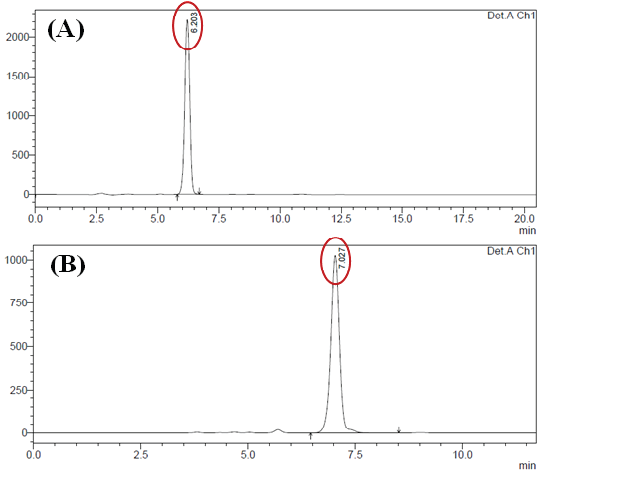Synergistic Effect of Ocimum sanctum and Piper nigrum: An In Vitro Study on Type 2 Diabetes-Related Enzymes and MCF-7 Breast Cancer Cell line
DOI:
https://doi.org/10.5530/ctbp.2022.2s.31Keywords:
Ocimum sanctum, Piper nigrum, HPLC, Antidiabetic, Docking analysis, AnticancerAbstract
Ocimum sanctum and Piper nigrum are medici- nal plants traditionally used in Ayurveda and oth- er ancient therapeutic systems. Till today people use these plants in one of the different aspects of their everyday life. This study revealed the combined effect of O. sanctum and P. nigrum (1:1) against diabetic-related enzymes in a cell- free system and breast cancer cell line (MCF-7). The HPLC analysis revealed that Eugenol and Piperine are the major phytocompounds in O. sanctum and P. nigrum, respectively. Digestive enzymes like α- amylase and α- glucosidase assays were carried out to find their antidiabet- ic effect. To determine the interaction between Piperine and eugenol with enzymes involved in diabetes, the in silico molecular docking anal- ysis was performed. The plant extracts alone and in combination, were checked for their cy- totoxicity and reactive oxygen species levels in MCF-7 cells.



